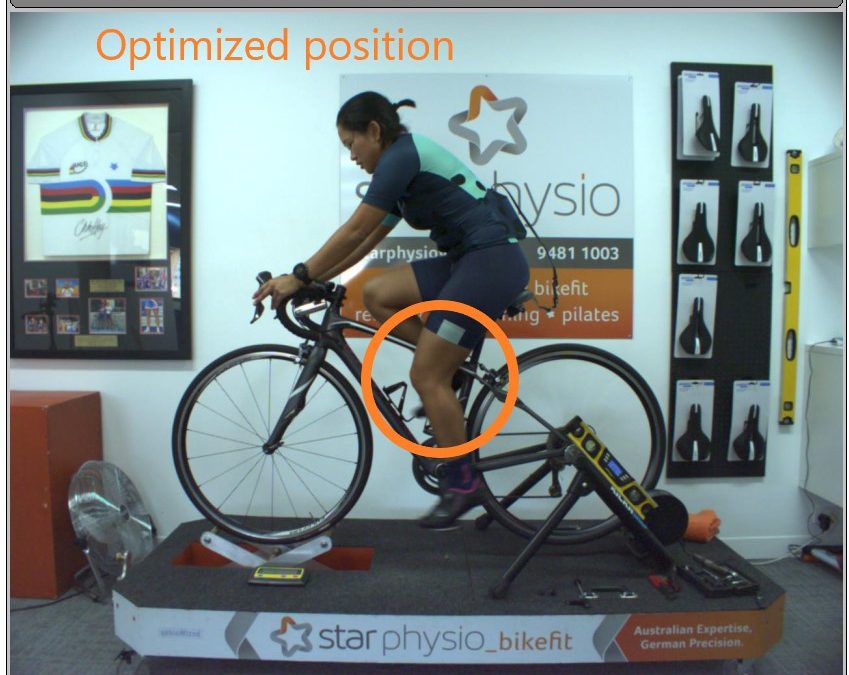Bikefit Review using Gebiomized Technology
Star Physio Ruth Chang is an experienced physiotherapist and accomplished endurance triathlete, coaching and competing with GK Endurance. After having a “professional bikefit” using a Retul system, she was told she was in the right position, but felt that there was something not right. Ruth was slipping on to the front of the saddle and getting saddle pain, as well as hand numbness and shoulder discomfort. She also felt that she was unable to put power down into the pedals.
Ruth took advantage of being part of the Star Physio Team and asked expert physio and bikefit professional Dan Davis to review her position.
Initial Findings – High Speed Motion Analysis
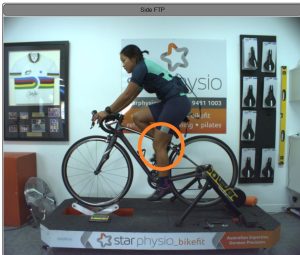
Visually Ruth immediately appeared too high, with an inability to push through the bottom of the pedal stroke. At Star Physio, we no longer measure knee angles because measurement has not only been shown to be inaccurate, but there is also no “magical” knee angle that either predicts performance nor injury risk. Further research has shown that using knee angles to set saddle height such as in Retul, BG Fit and Specialized Bikefit Systems, there is a tendency to set the saddle too high. This is something we often see in the clinic, particularly when we are performing a refit from one of these systems.
Initial Findings – Saddle Pressure and Stability Analysis
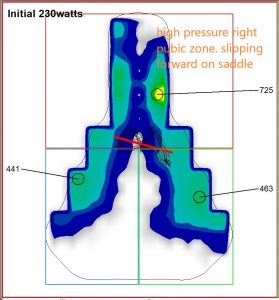
The Gebiomized bikefit system, as used by the best triathletes and cyclists in the world, including Patrick Lange, Jan Frodeno, Team Ineos (Formerly Team Sky) and more, uses highly accurate analysis of movement and pressure at the saddle. We could see in Ruth’s initial position that she was loading heavily in the right pubic zone, causing discomfort, as well as sitting mainly on the nose of the saddle, with the centre of mass (red line) forward of the ‘T’. The diagonal red line is also highly suggestive of a high saddle position.
Optimizing Bikefit and Saddle Position.
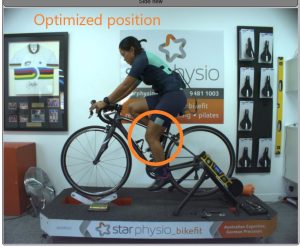
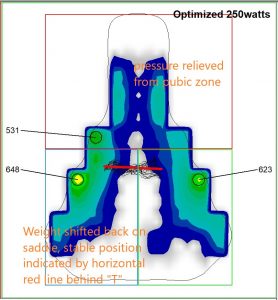
Dan Davis was surprised to find that he needed to drop the saddle by 25mm to find Ruth’s most stable position, among other modifications. Immediately Ruth’s power went up and for the same effort, power was increased 20 watts. You can see in the pics the increased knee bend at the bottom of the pedal stroke, and on the saddle map the pressure relieved in the pubic zone, weight shifted back and the horizontal rather than diagonal centre of mass indicating a great saddle height.
So, the moral of the story, don’t assume that just because you have paid for a fit, that you are in the right position. Up until 6 years ago, Star Physio also used knee angles and the also disproven KOPS method for saddle positioning because we had no better alternative. Now we do, and we are excited to be able to offer it to Perth cyclists and triathletes in the Star Physio West Perth Office.
For more info, go to https://starphysiowa.com.au/bikefit/
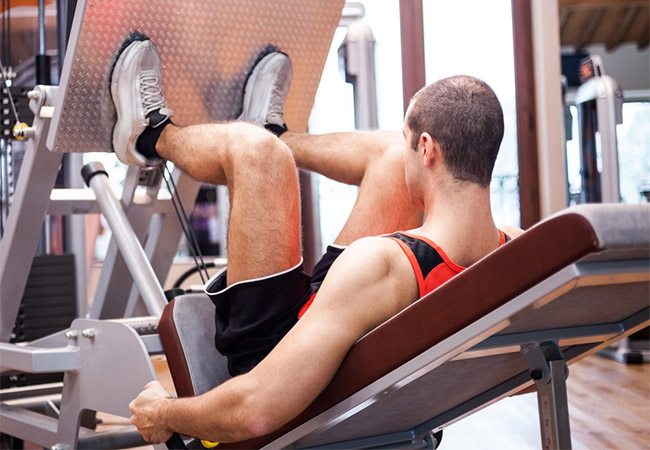
Key Strength Exercises for Cyclists and Triathletes
Integrating strength training into your training regime is crucial for cyclists and triathletes who wish to improve performance and reduce the risk of injury. While cycling, running and swimming alone will improve your aerobic fitness and maintain your performance...
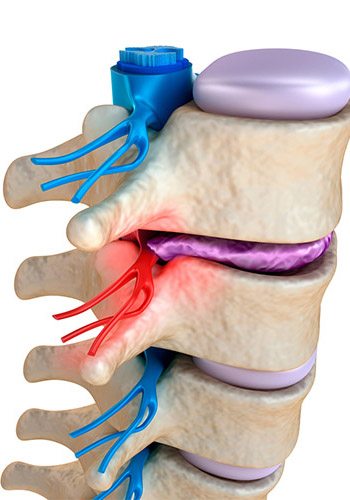
Back pain? No such thing as a slipped disc
In technical terms, there is no such thing as a slipped disc. When you hear the term “slipped disc” used, you can almost certainly be sure they’re talking about a herniated disc or a bulging disc. What is a Spinal Disc? Spinal discs are stationary parts of the body....
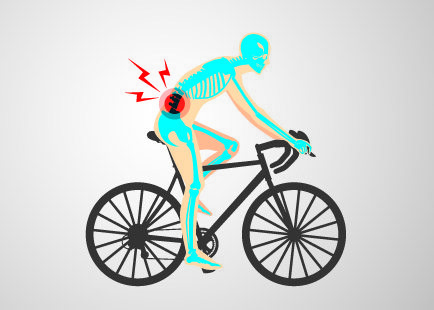
Beginner bike mistakes to avoid
At first glance, starting out on a bike for the first time seems easy – all you need is yourself, some comfortable clothing and the bike, right? Well… Sort of. Cycling actually has a lot more to it than you might think. While you might not see it at first glance, all...
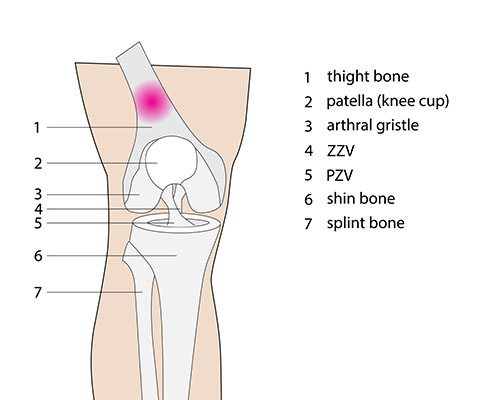
The right way to treat tendonitis
At Star Physio, we’re proud to have two members of staff who have received Doctorates for their research into tendinopathy. Doctors James Debenham and Merv Travers have published research in Achilles Tendinopathy in the Journal of Science and Medicine in Sport. We...

